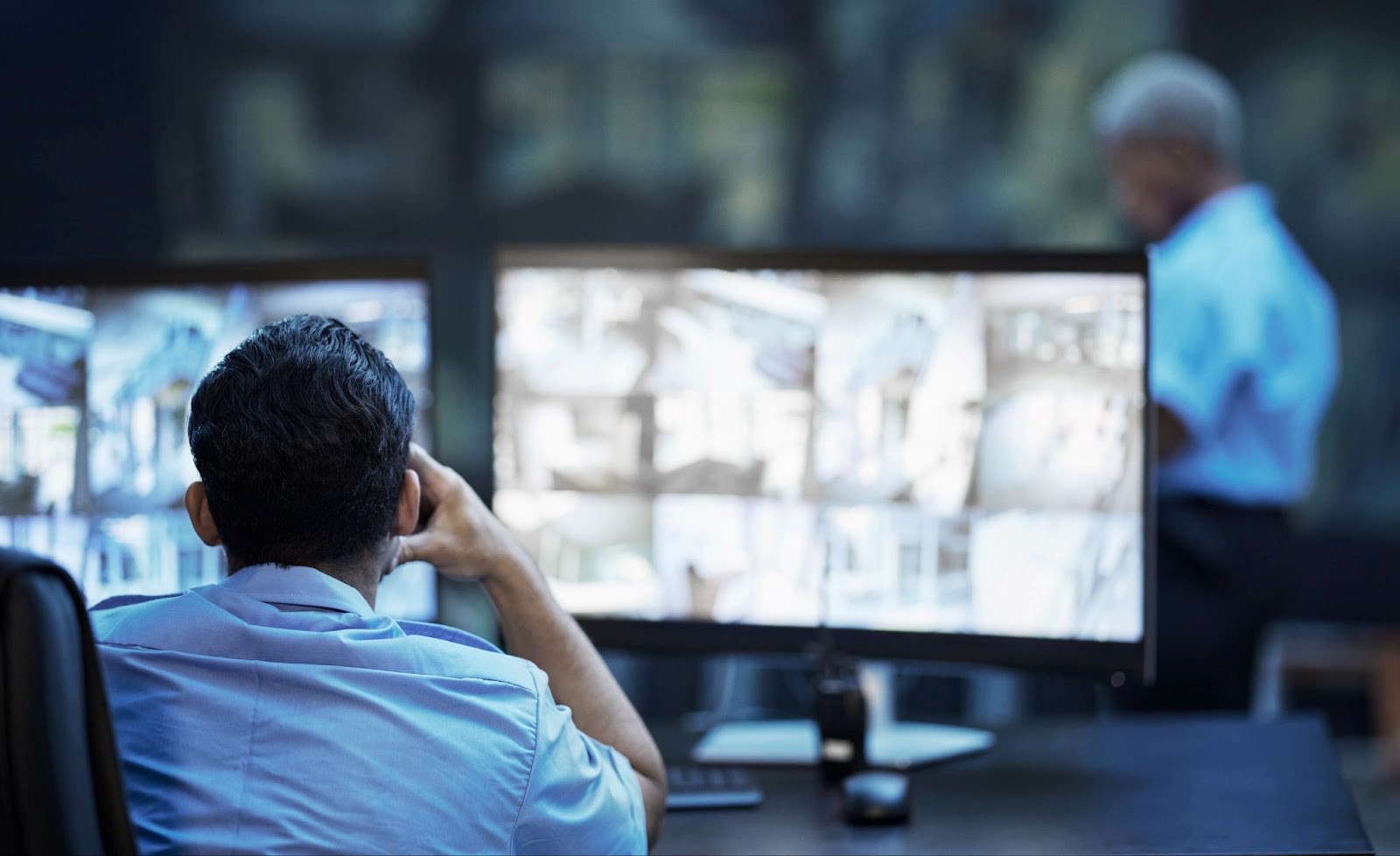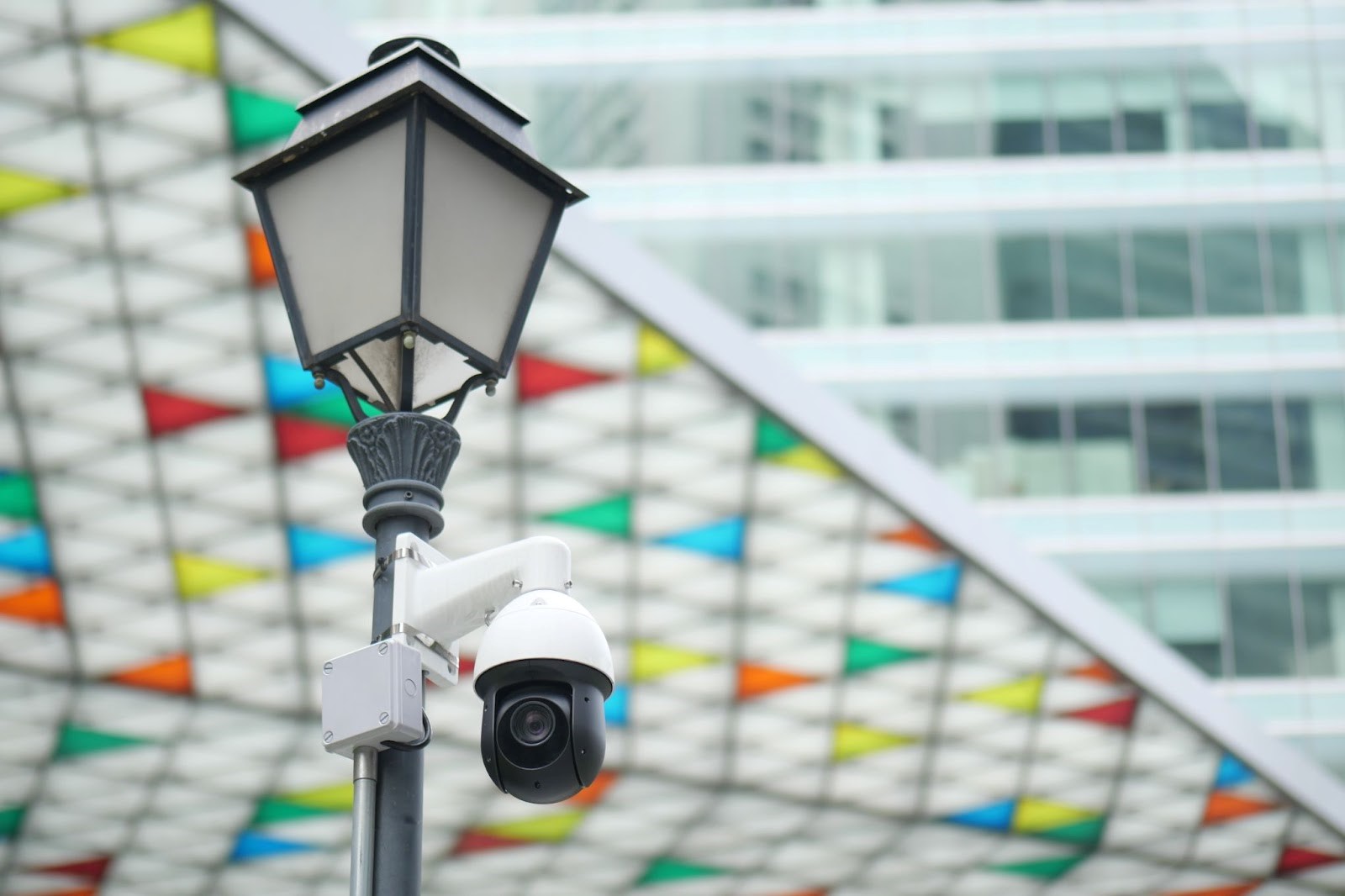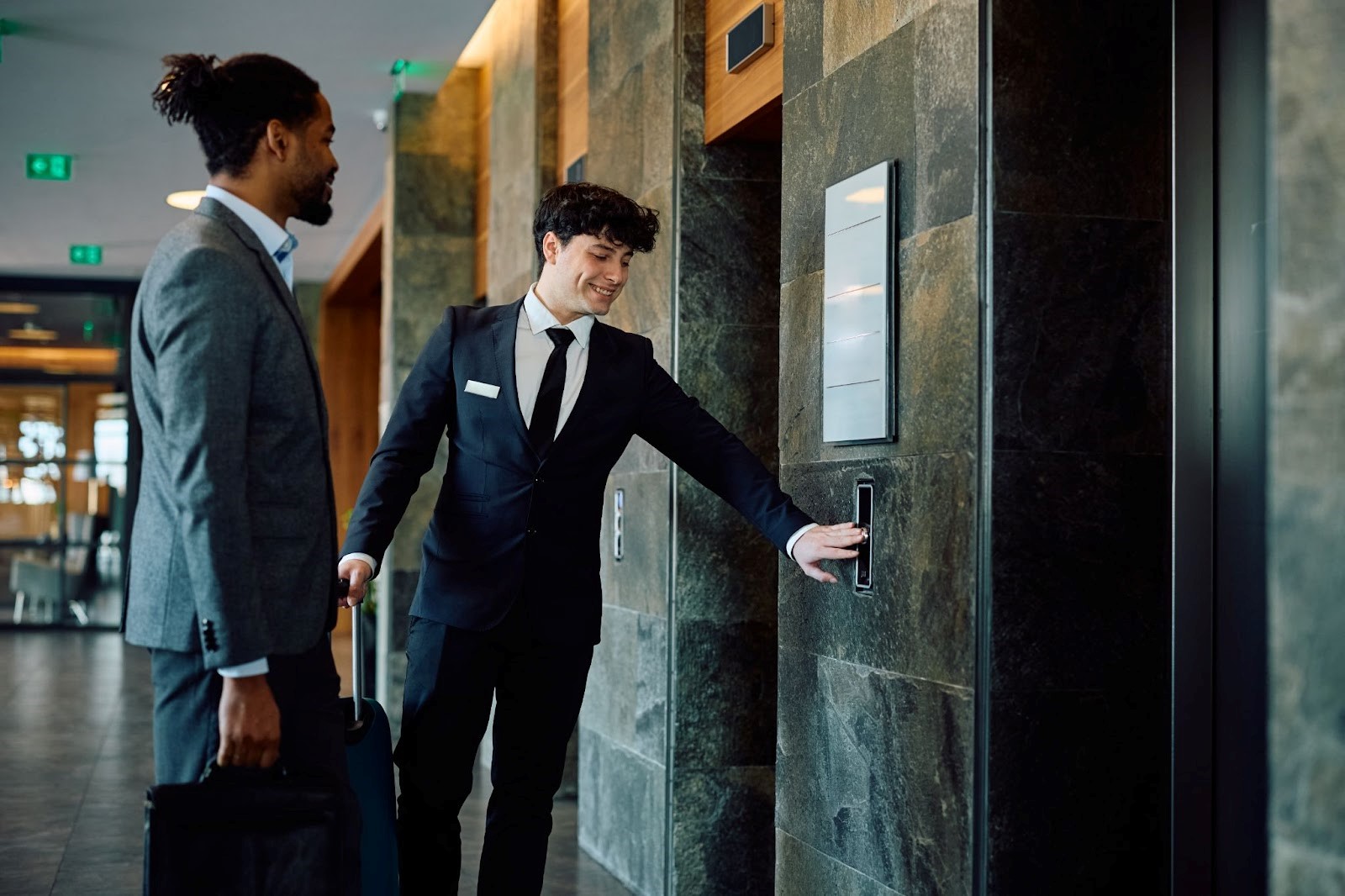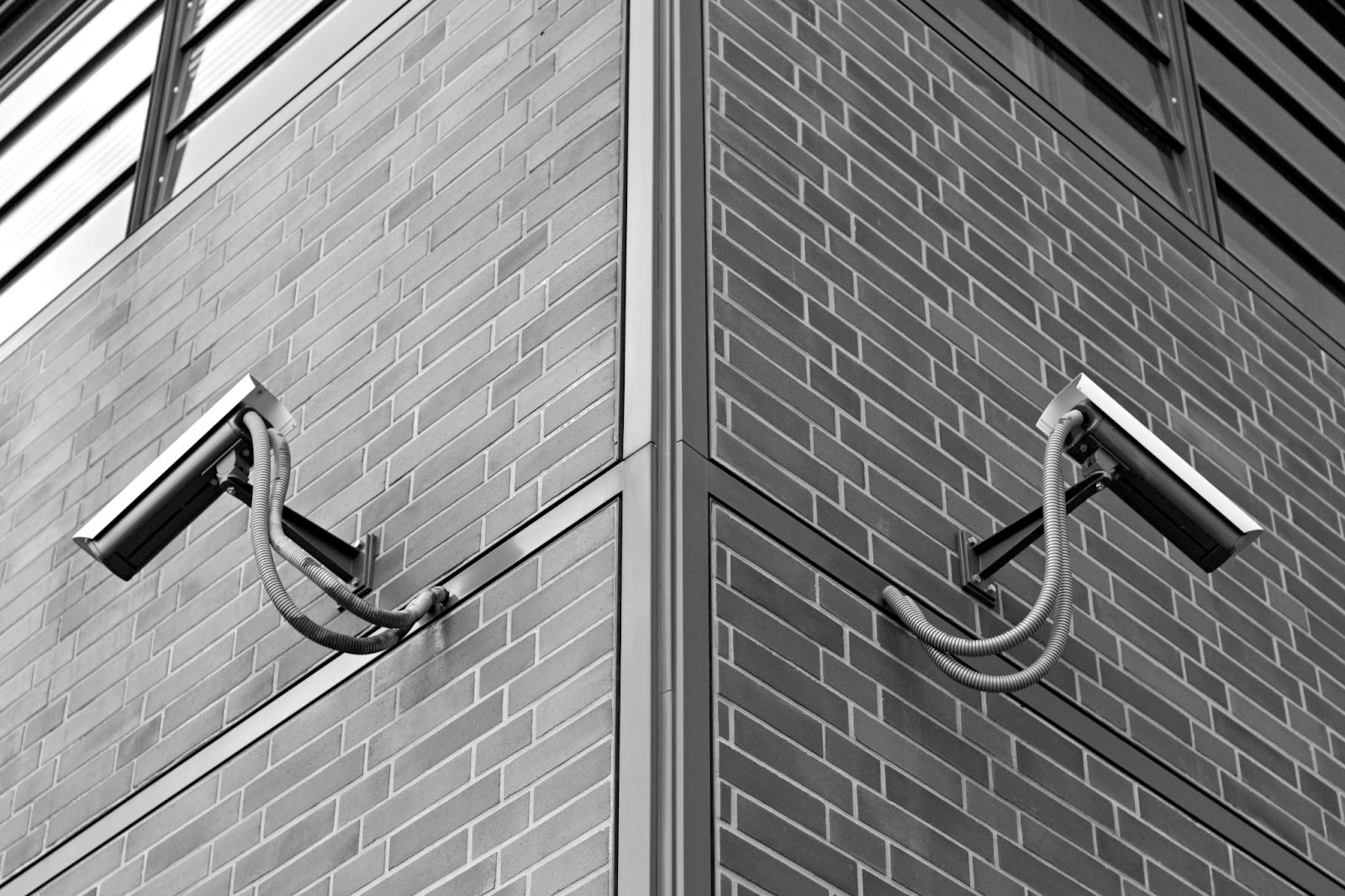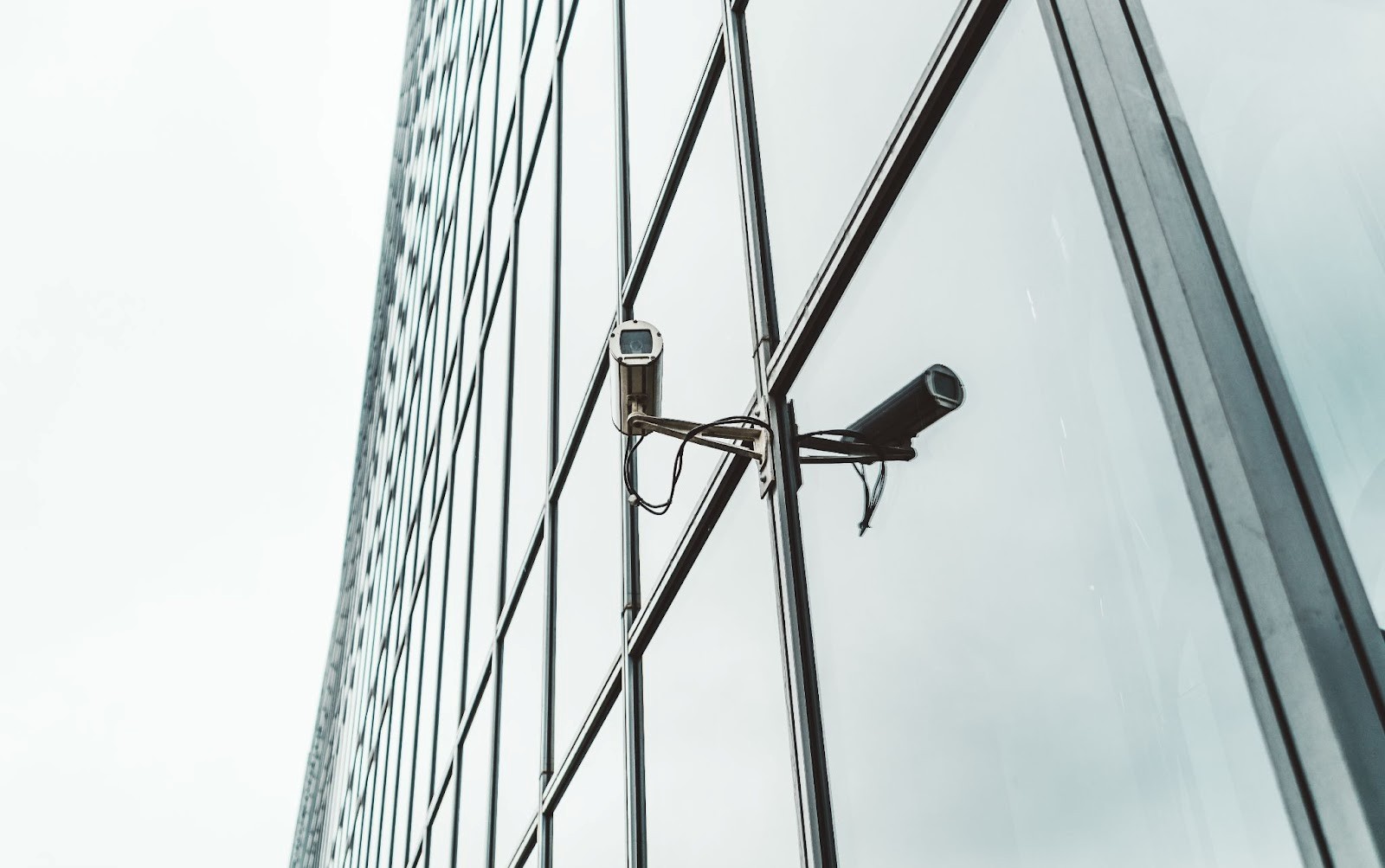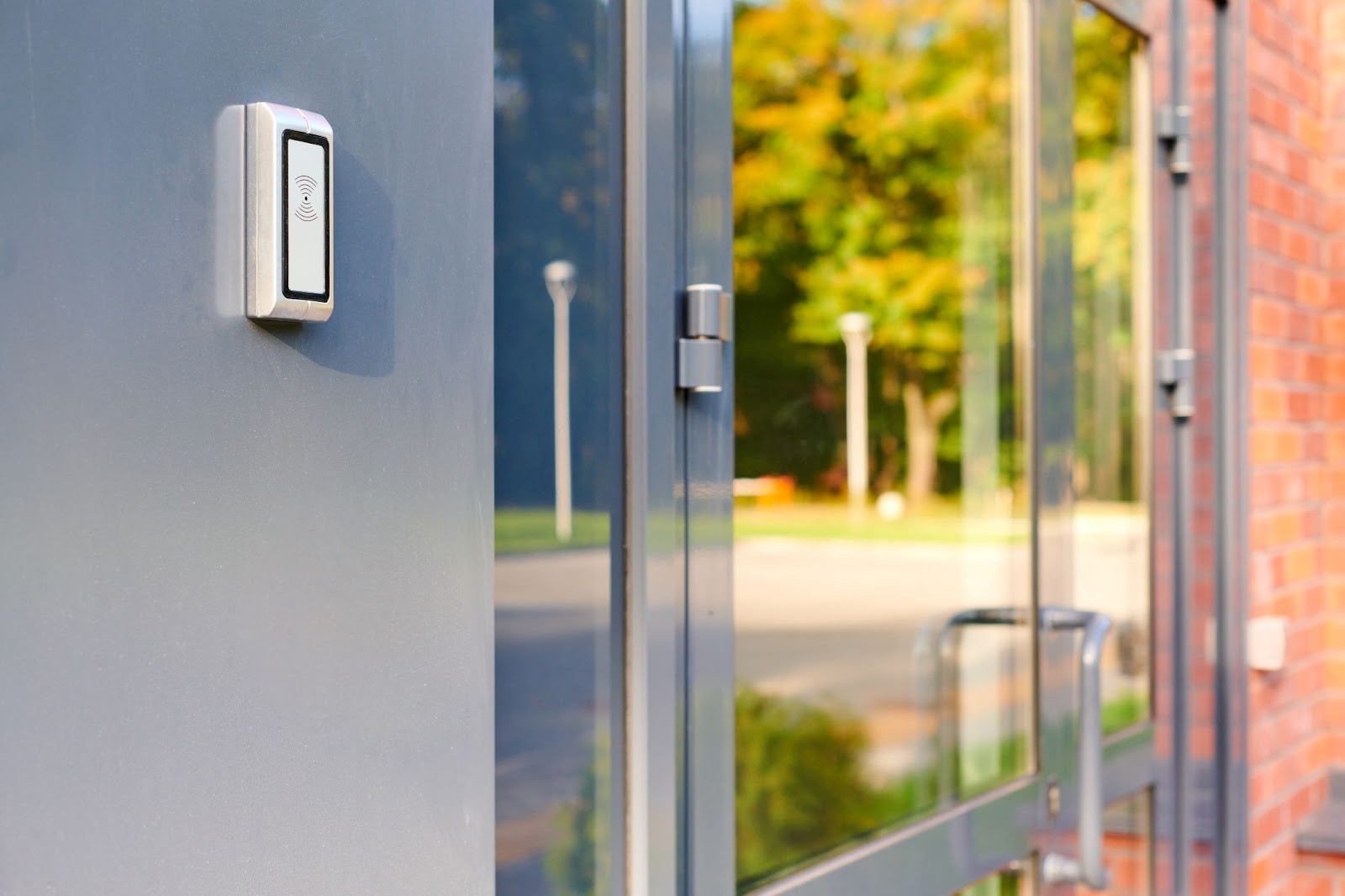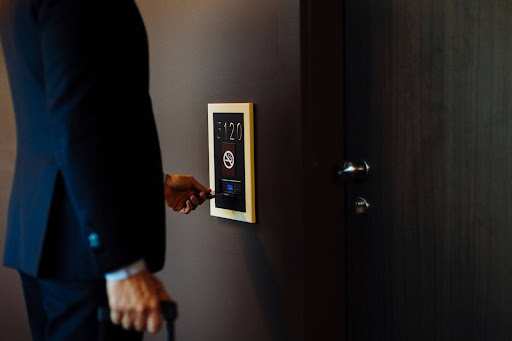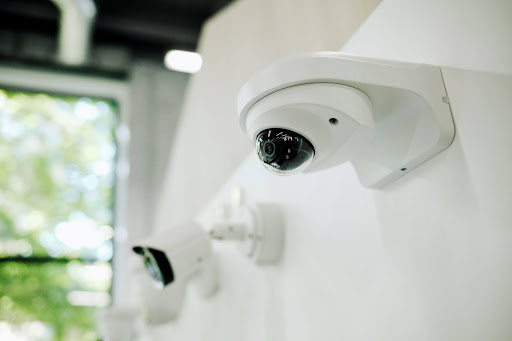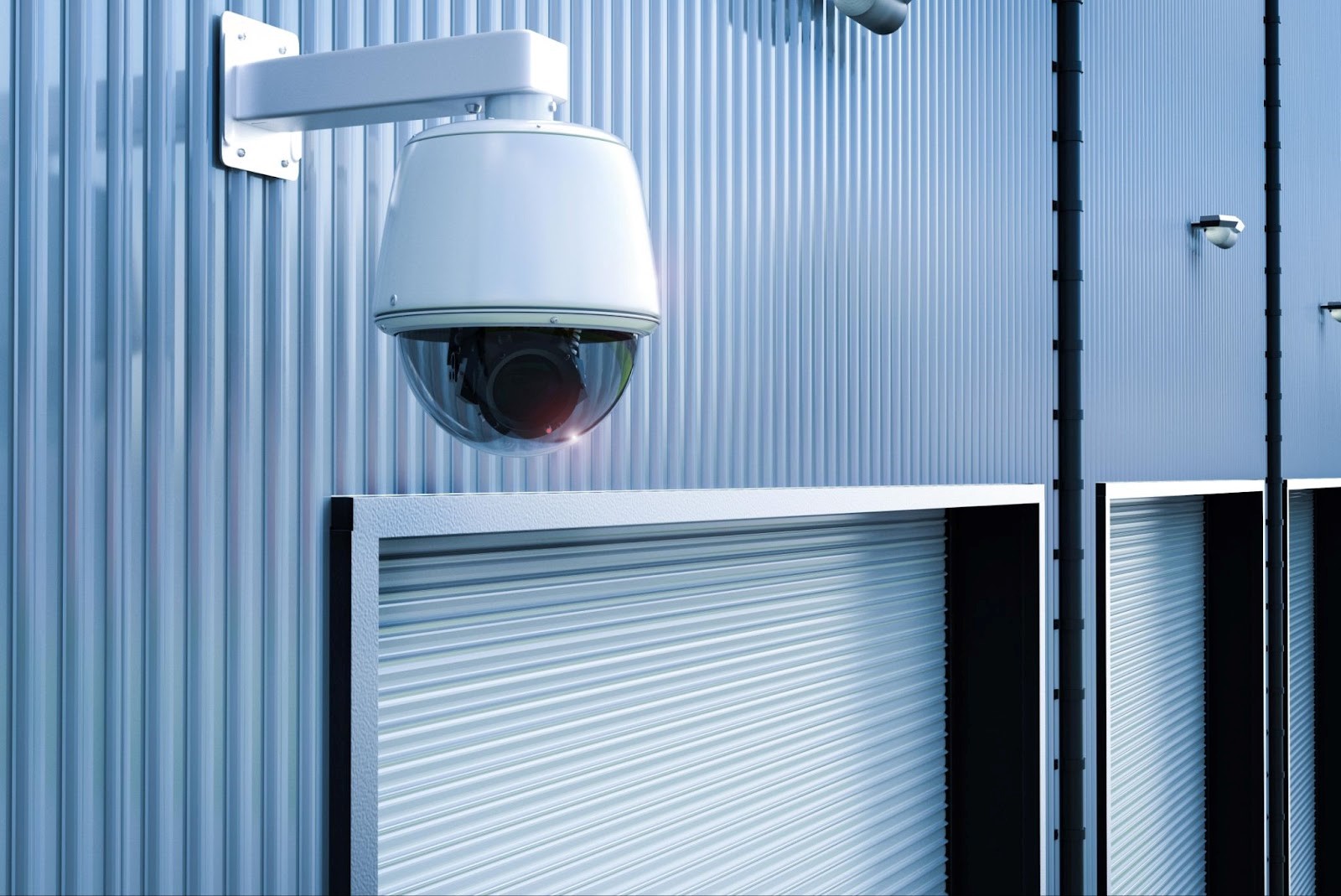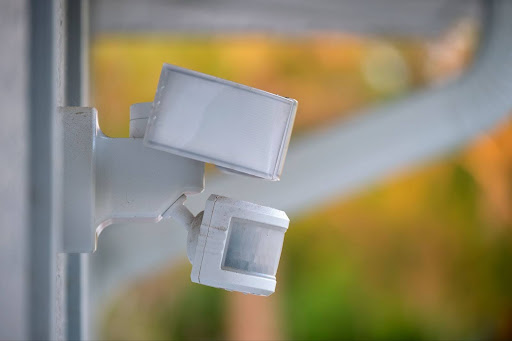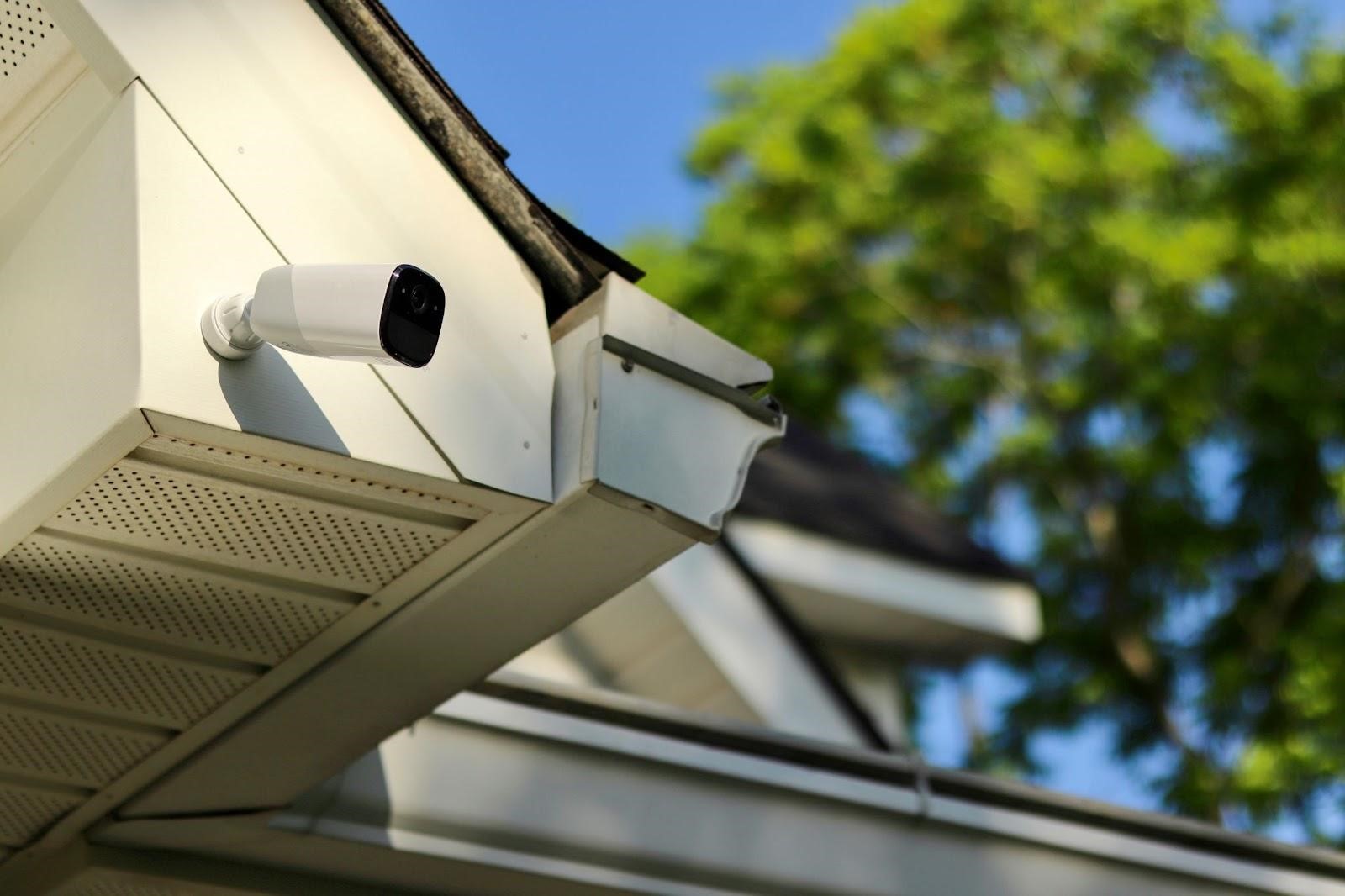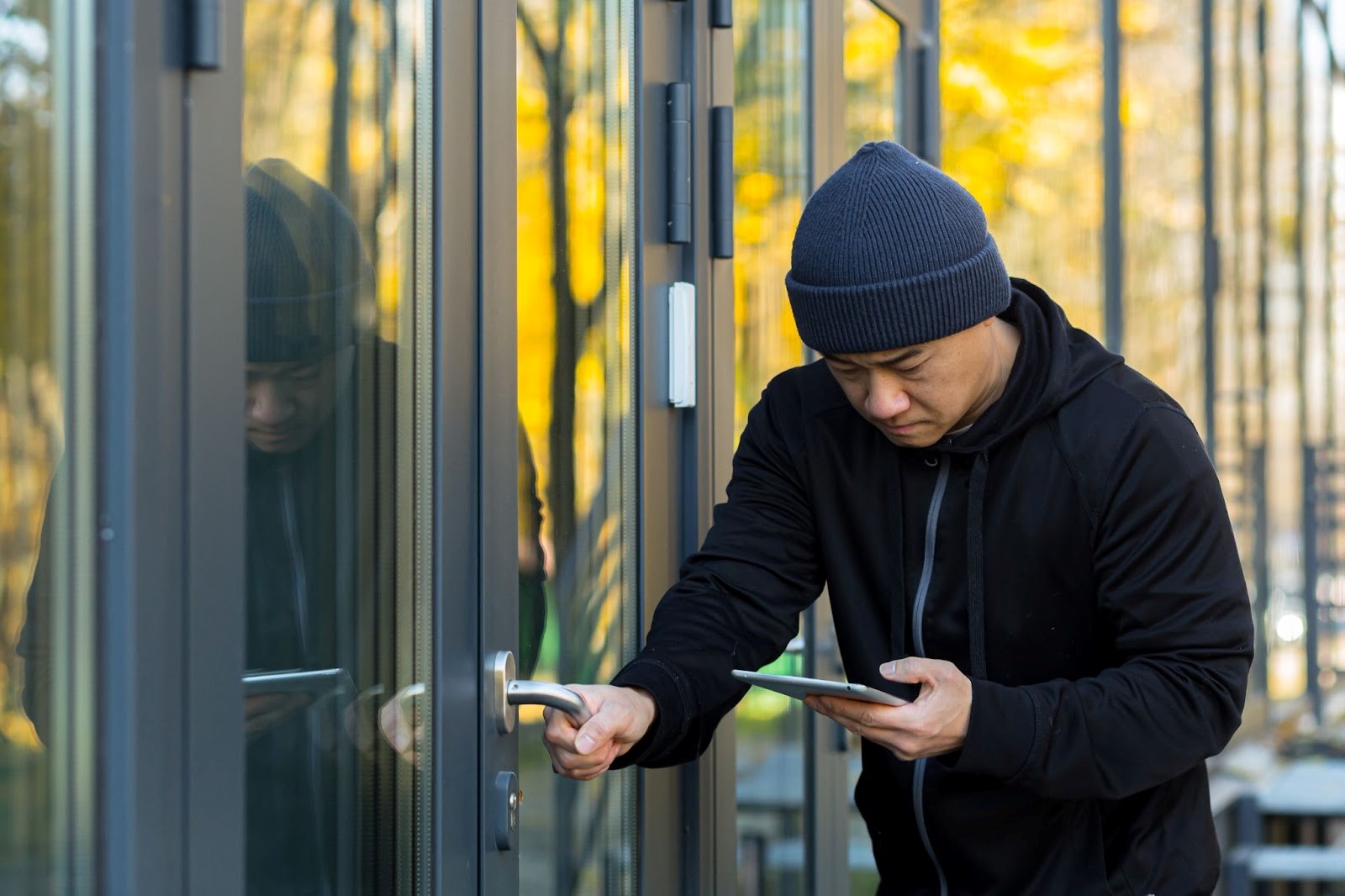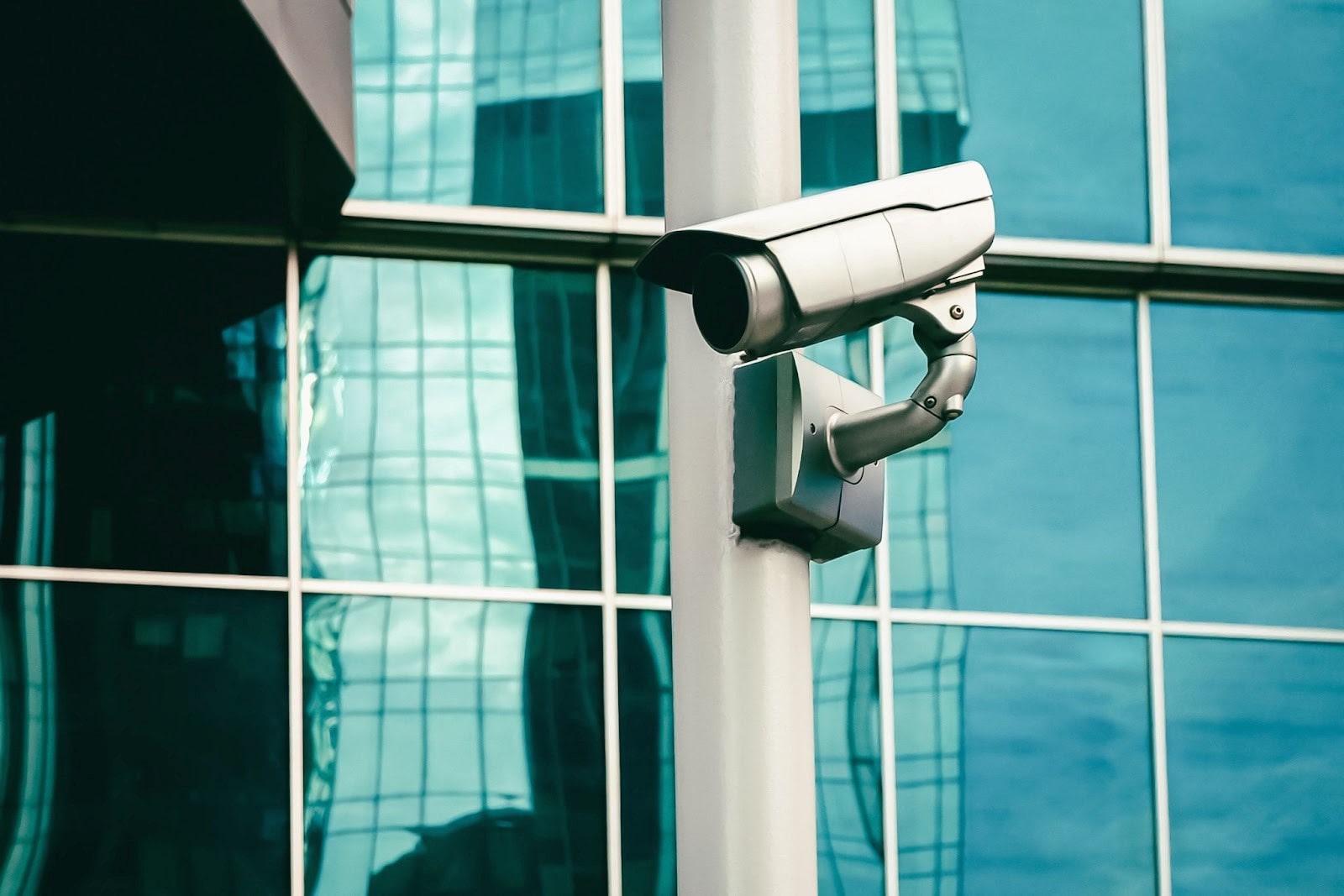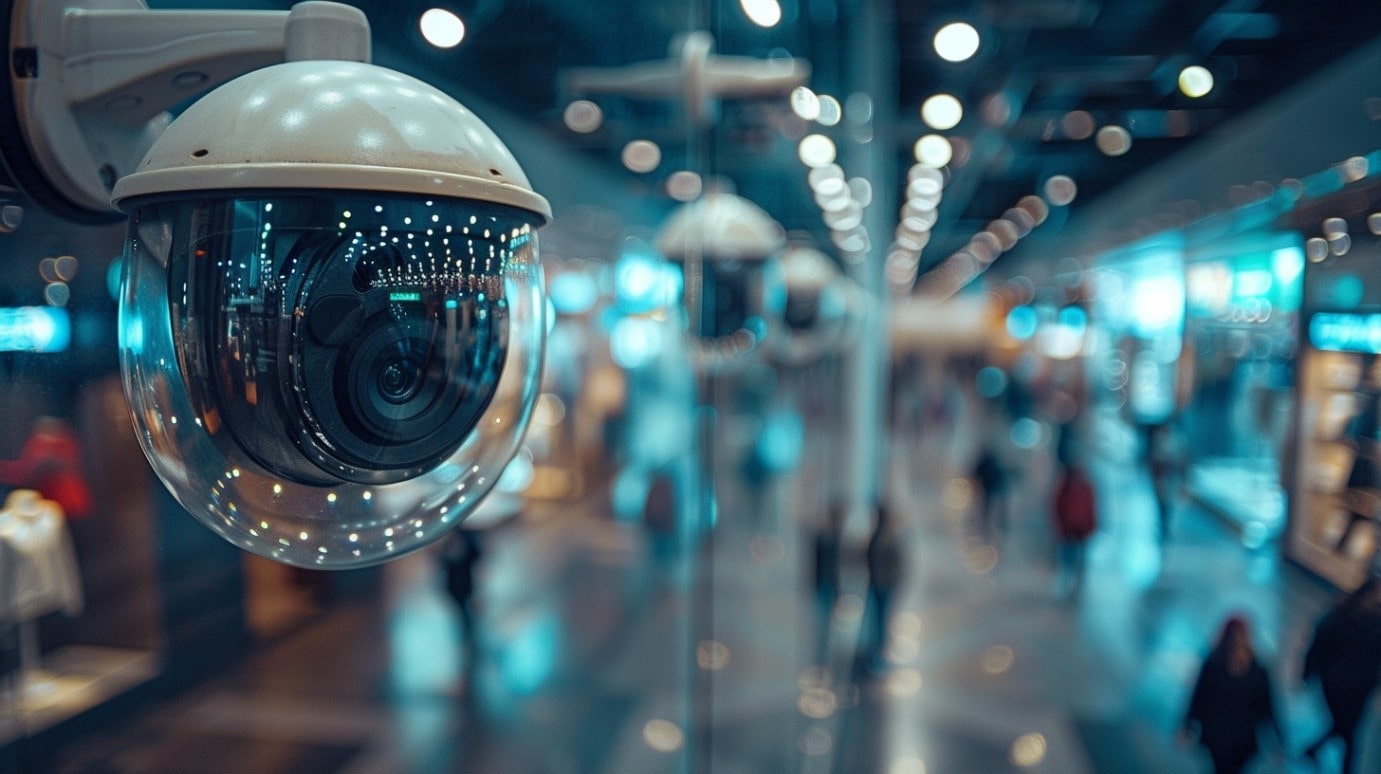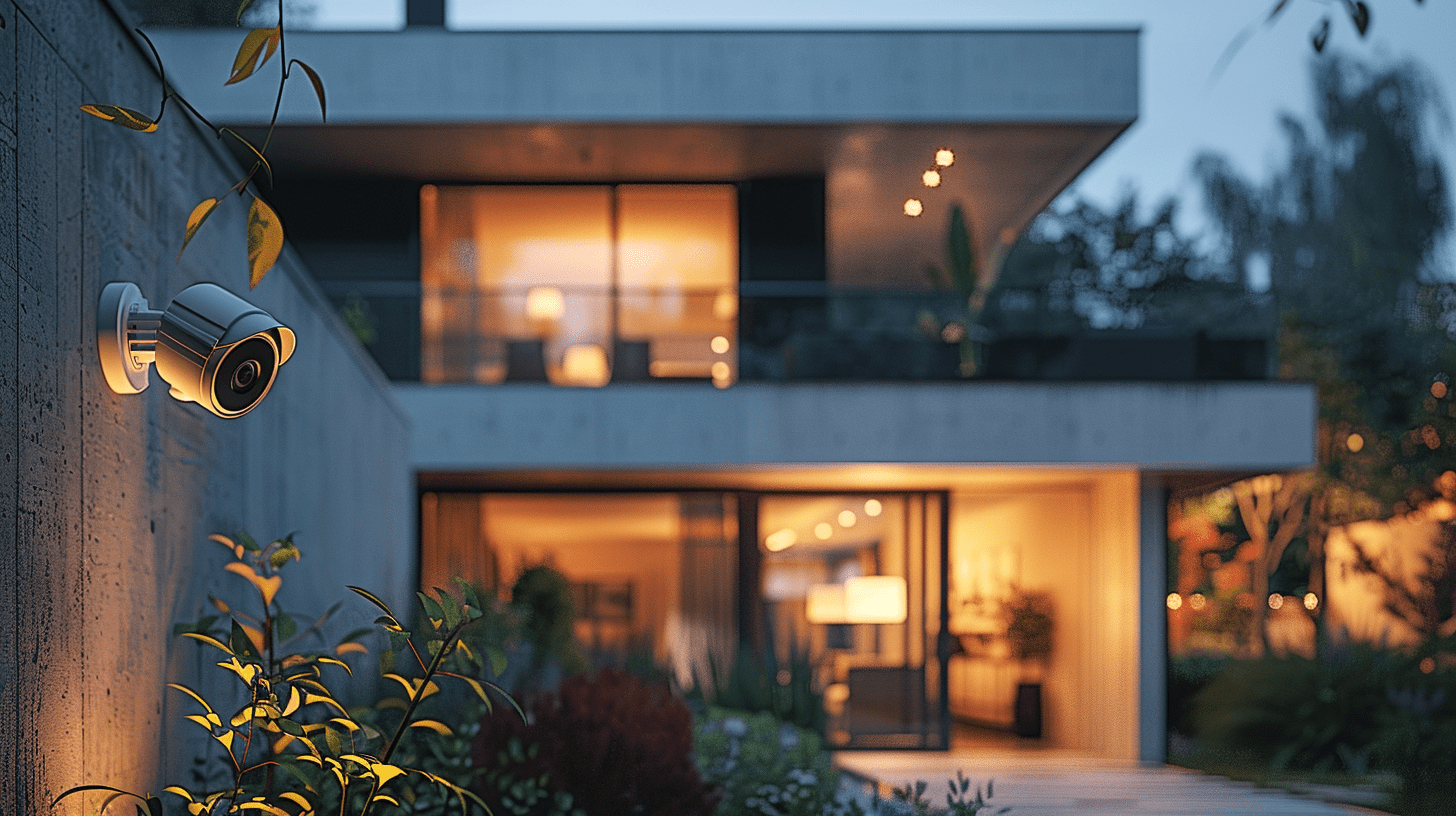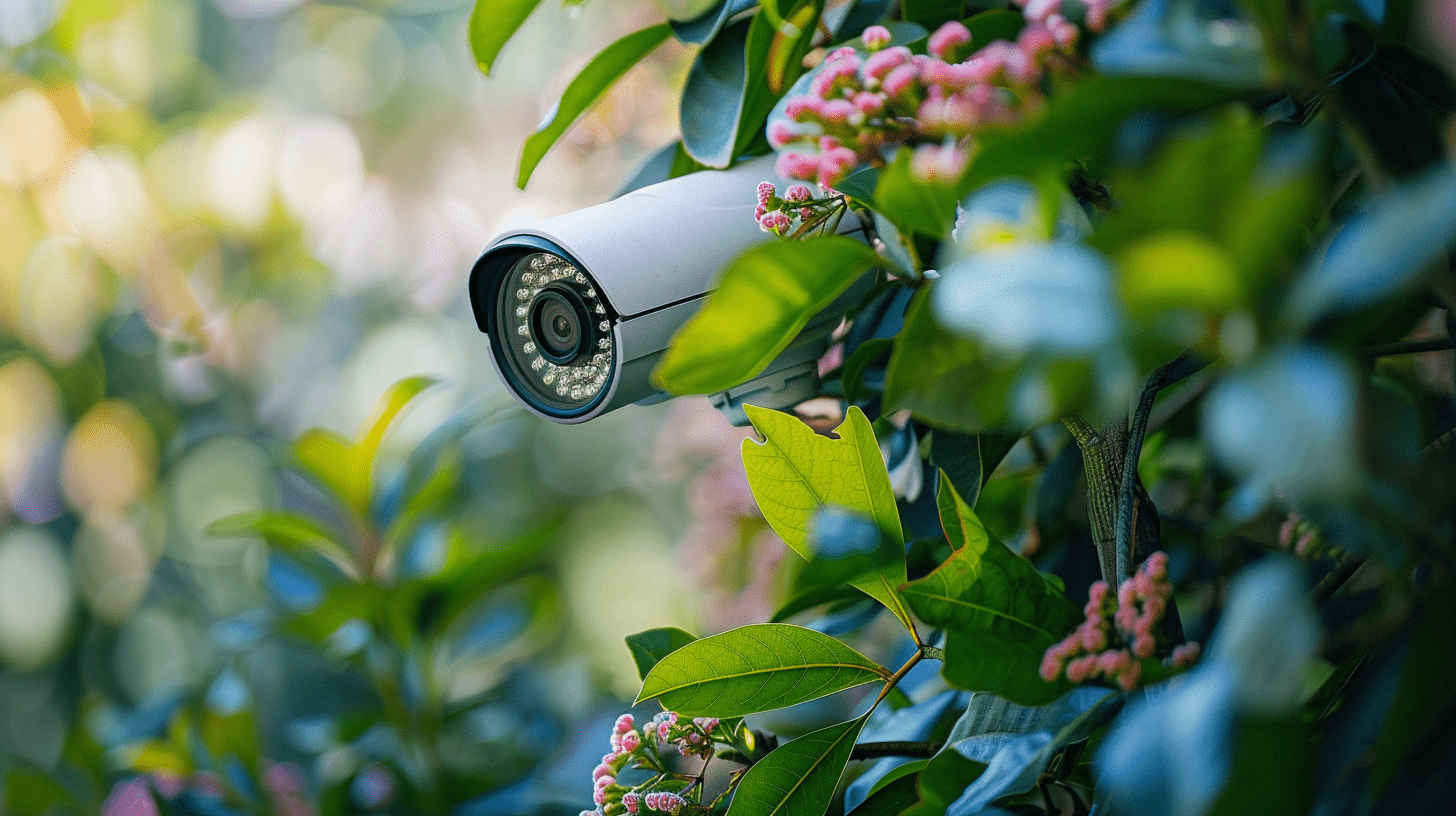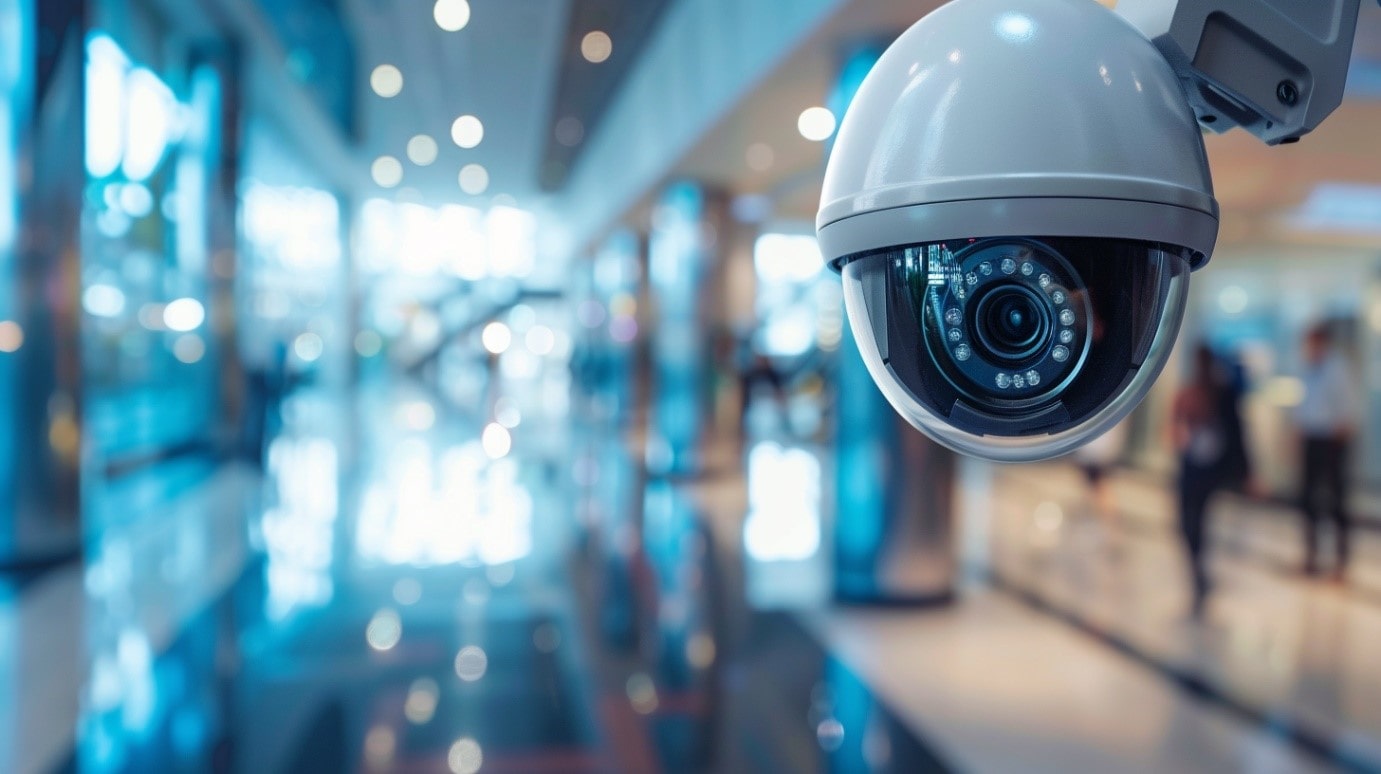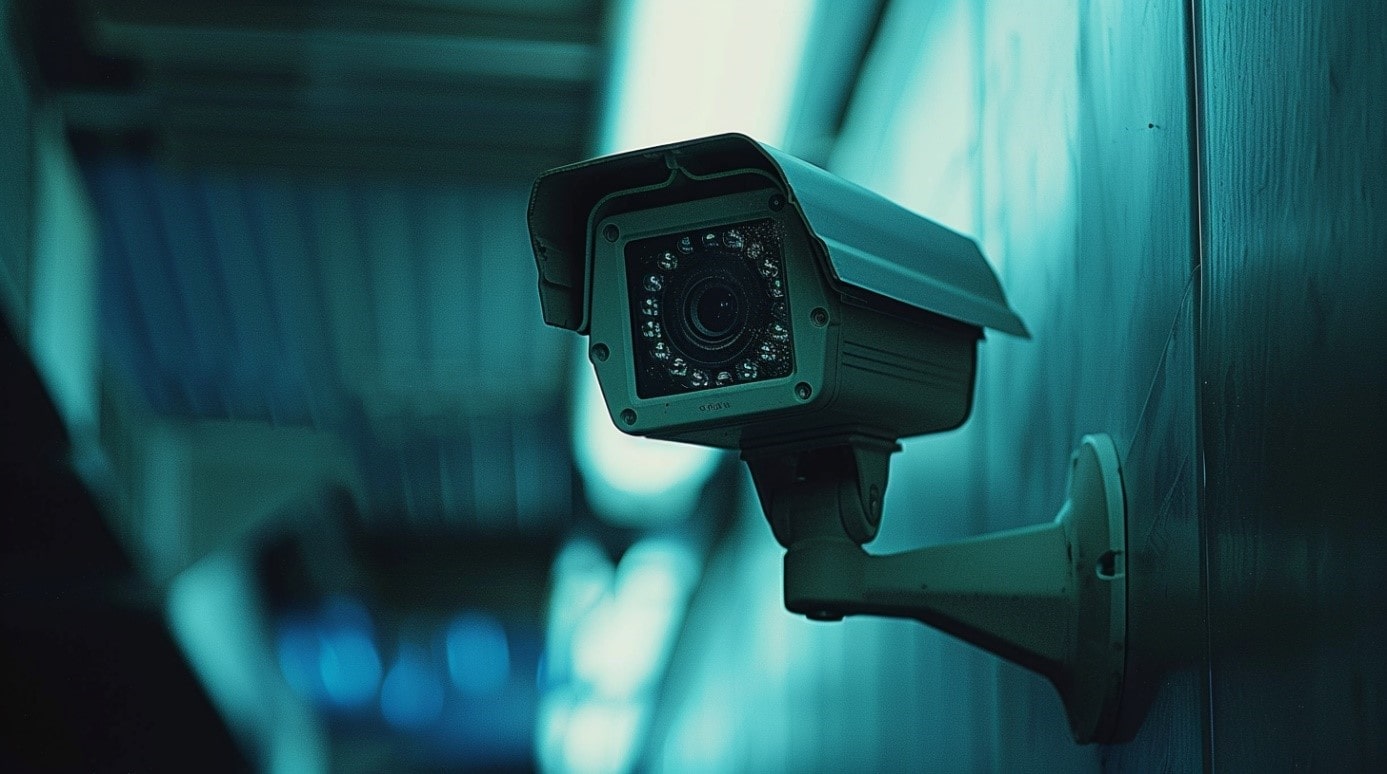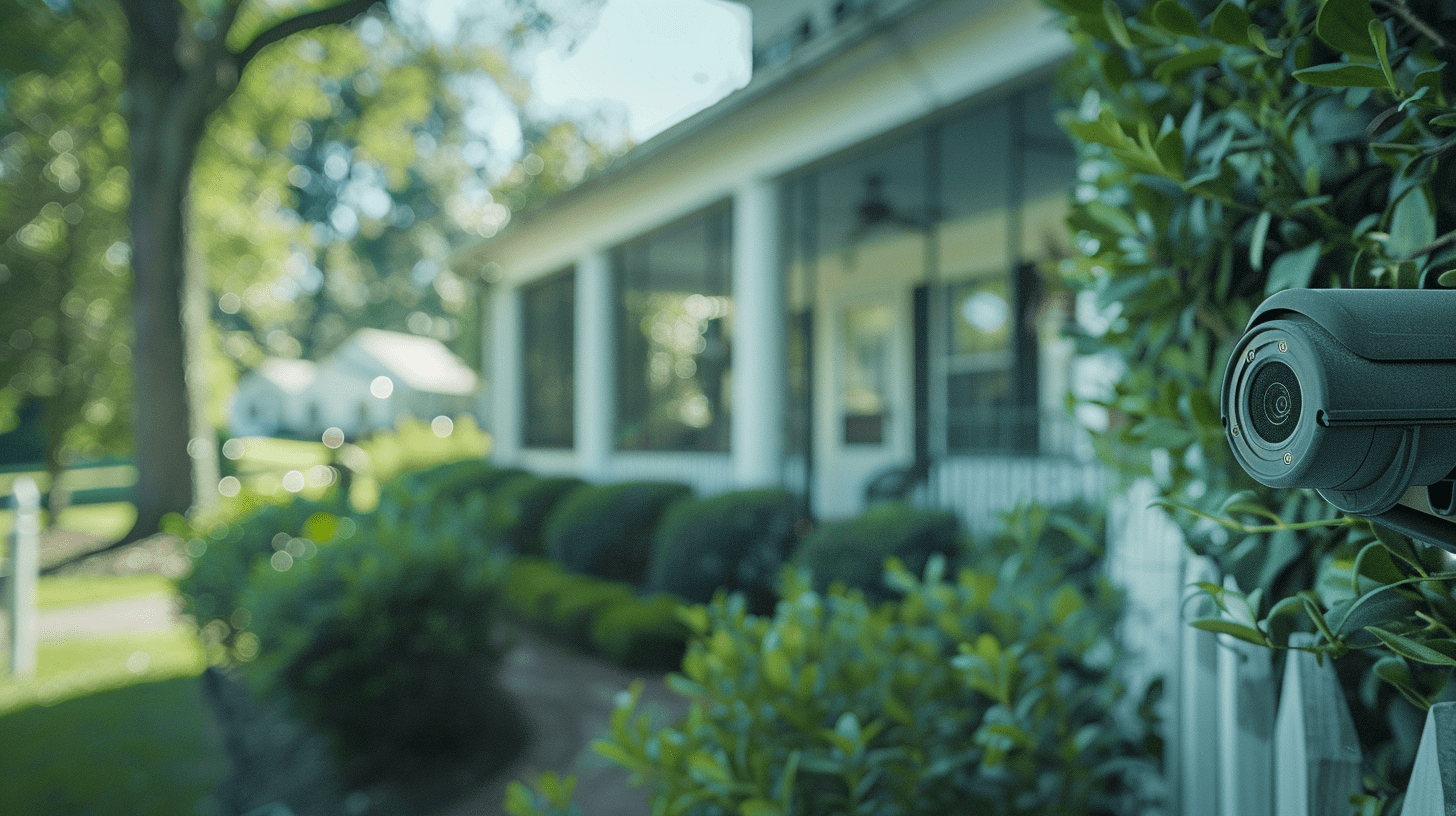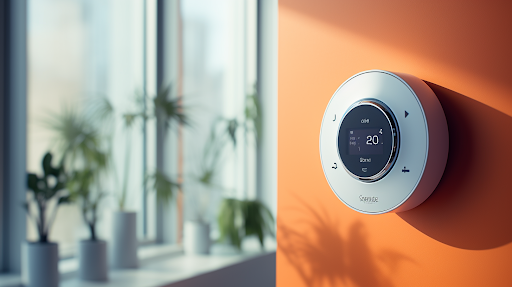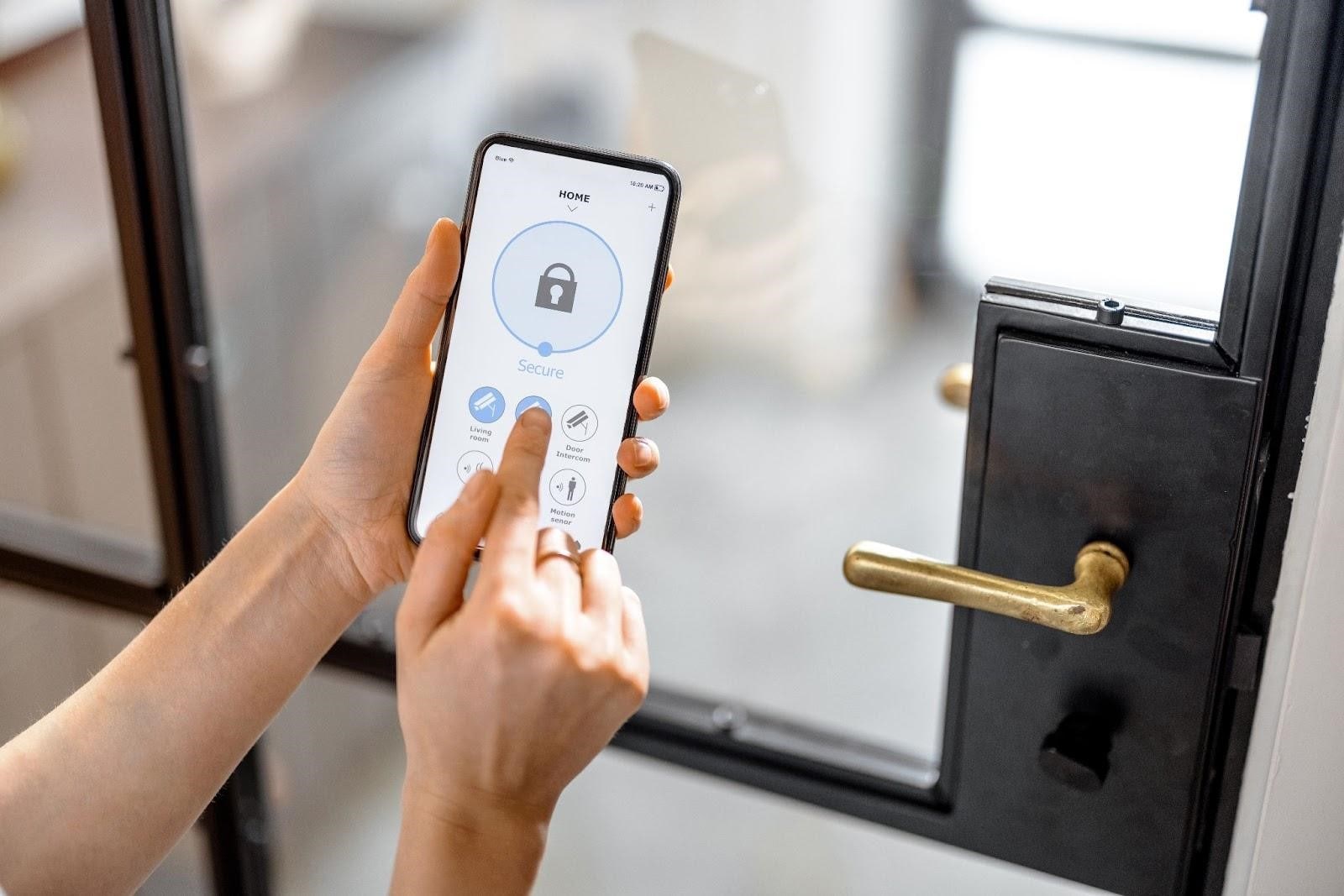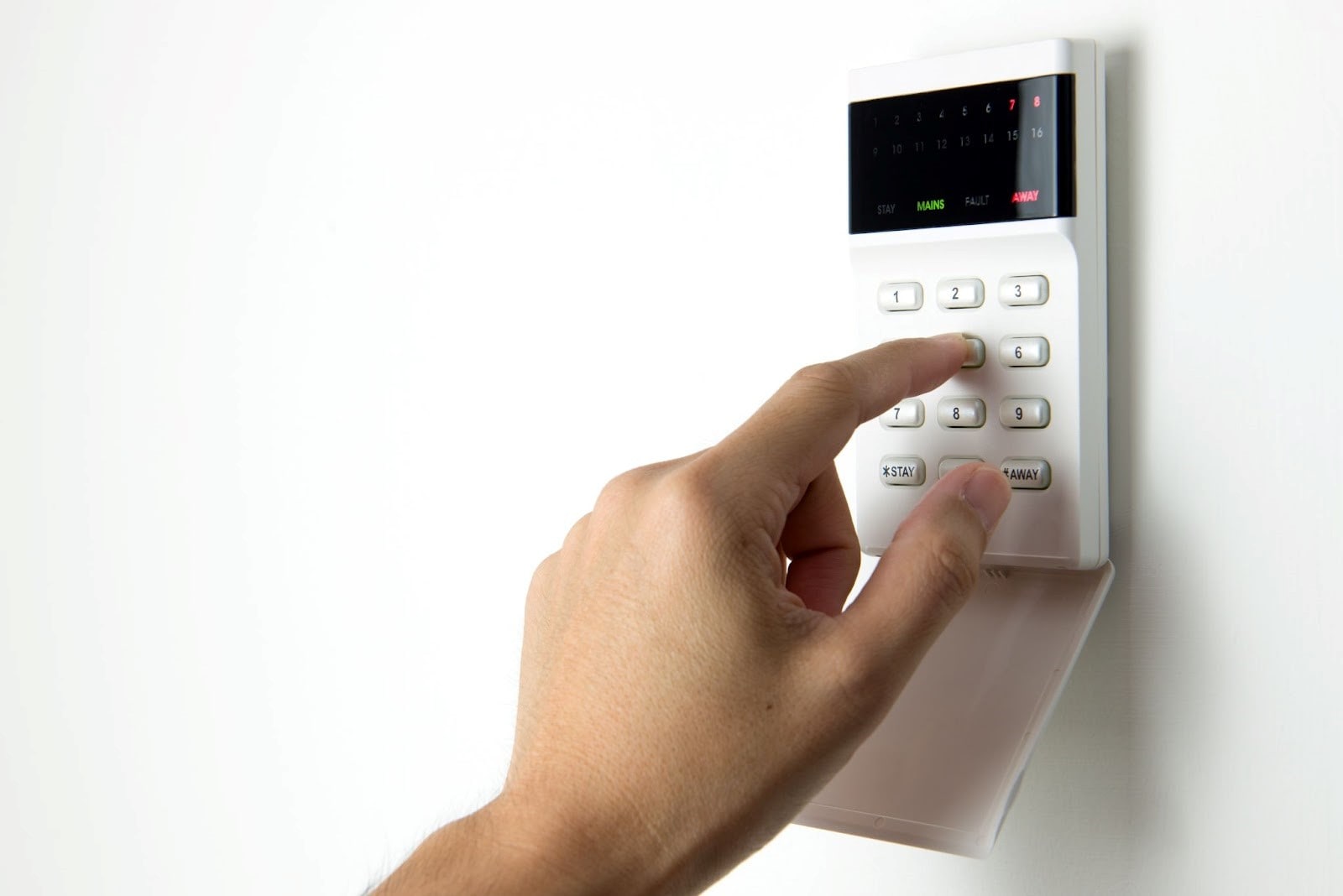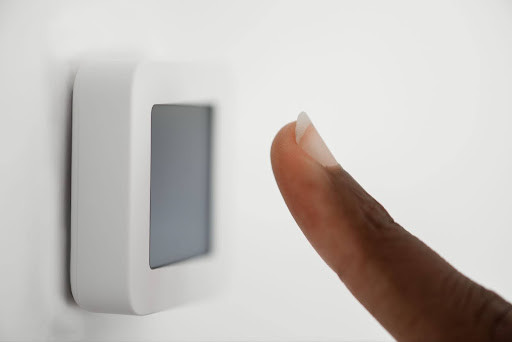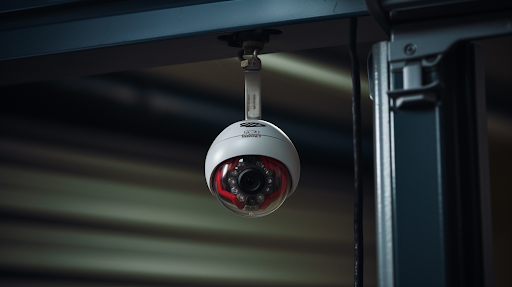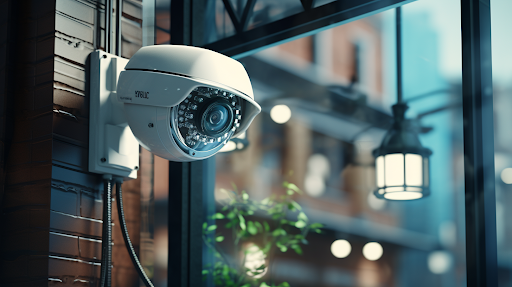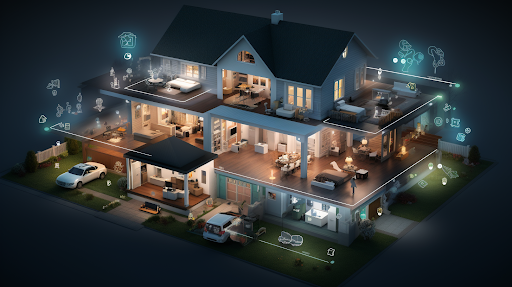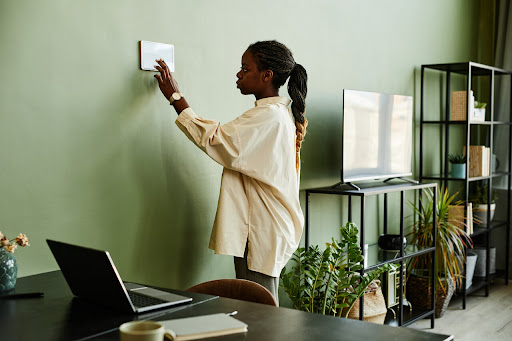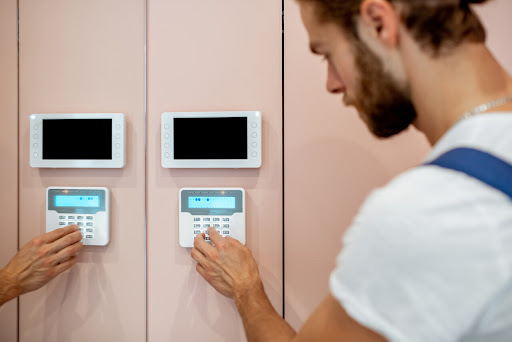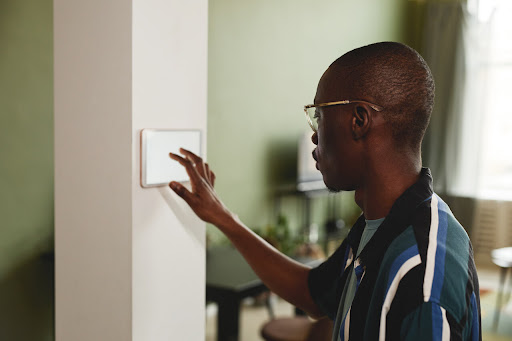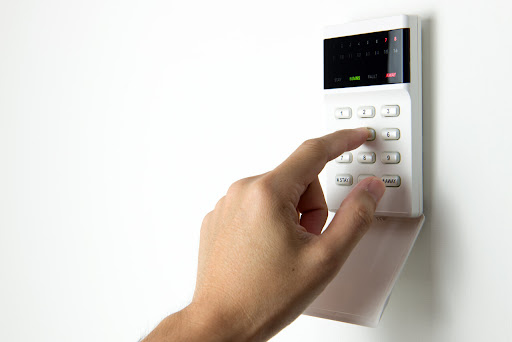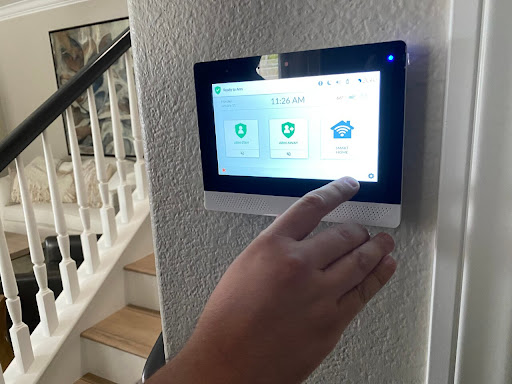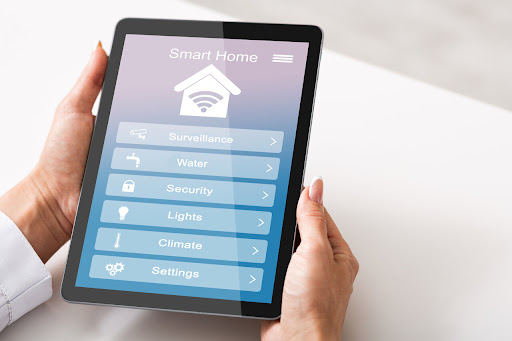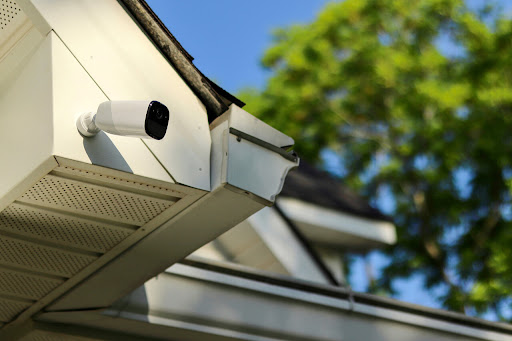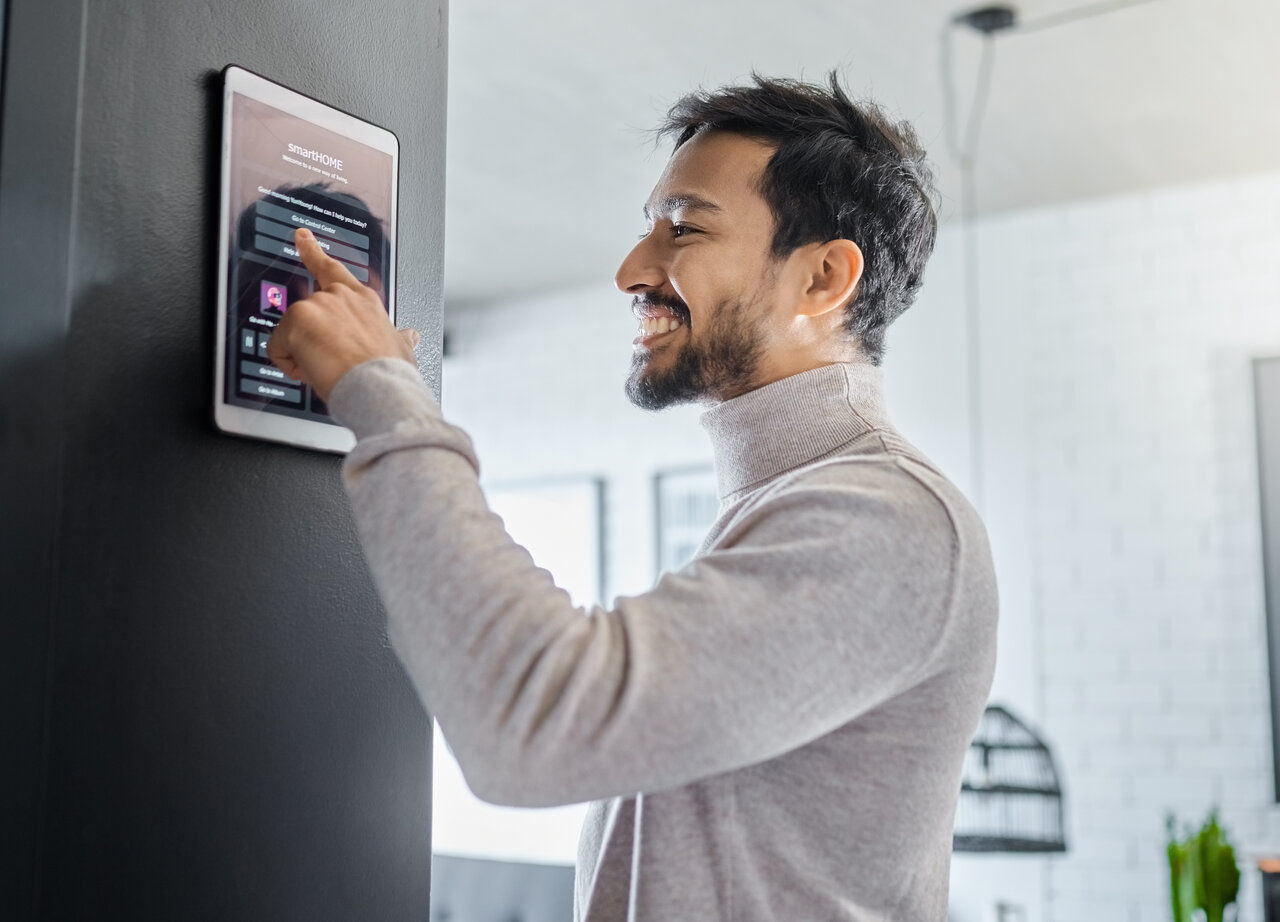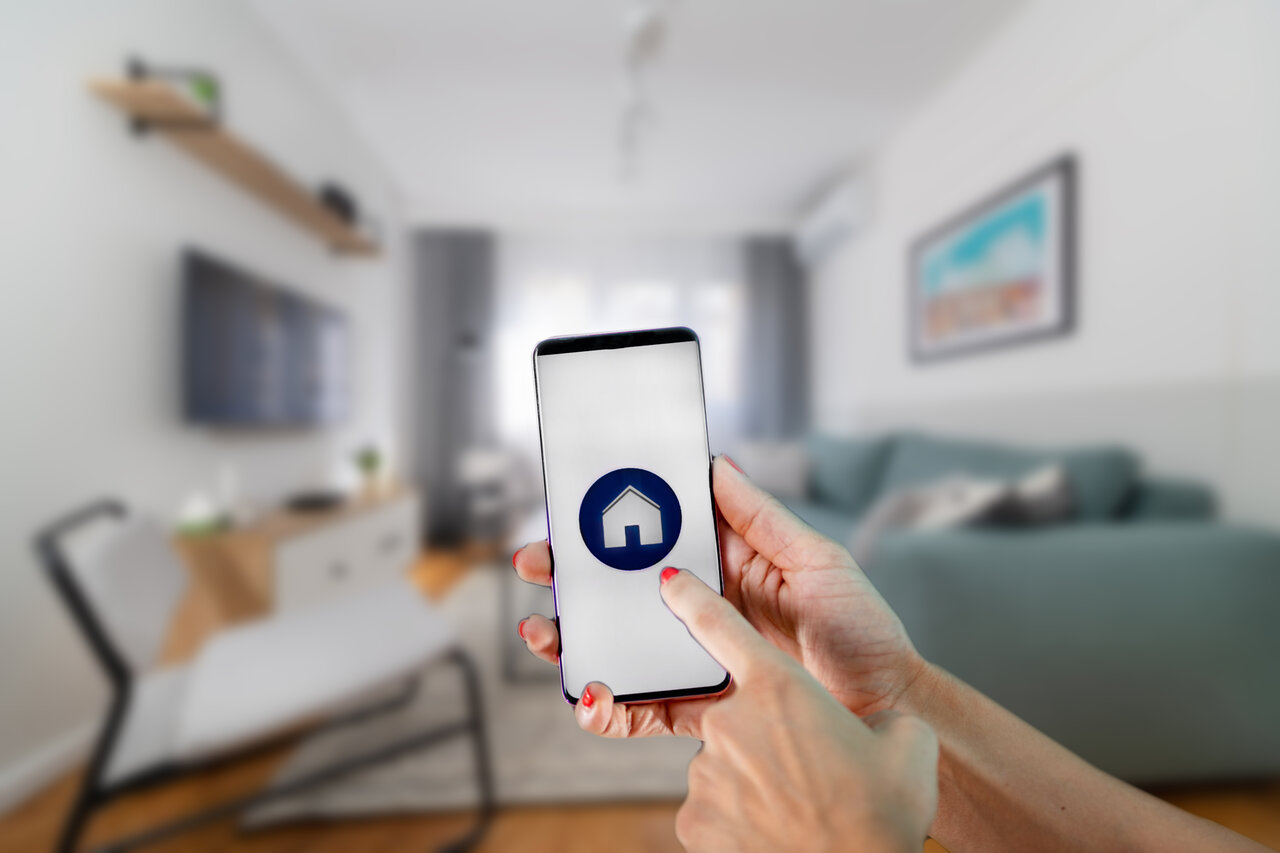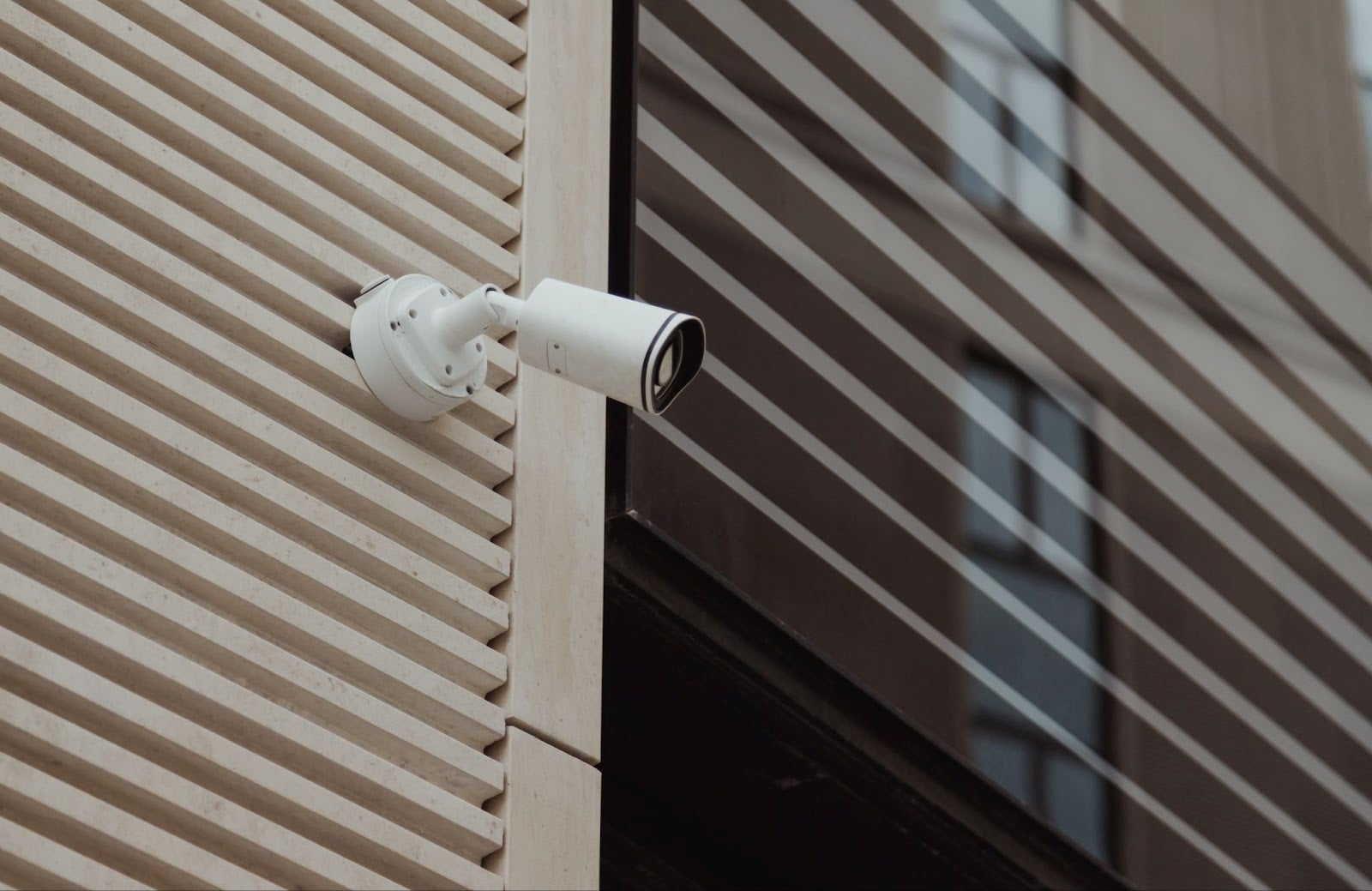
Beyond the Lens: Do Security Cameras Have Audio?
Sommaire
- Audio Capabilities in Security Cameras
- Two-Way Audio Functionality
- Types of Security Cameras with Audio
- Are Video Surveillance Systems with Audio Capabilities Legal in Canada?
- Legal Considerations for Audio Surveillance in Canada
- Practical Applications and Benefits of Surveillance Cameras with Audio
- Enhanced Monitoring
- Deterrence
- Interactive Communication
- Evidence Collection
- The leading commercial security system
- Upgrade Your Security Set-Up With Sting Security
Security cameras have become an integral part of home and business surveillance systems, providing peace of mind by monitoring activities and deterring potential threats. A common question that arises when considering security camera options is whether these devices can capture audio in addition to video.
Understanding the capabilities and limitations of audio recording in security cameras is essential for making informed decisions about your surveillance needs. In this blog post, we explain the different types of security cameras that offer audio features, discuss the legal considerations surrounding audio recording, and provide insights into how audio capabilities can enhance your overall security system.
Audio Capabilities in Security Cameras
Many security cameras today come equipped with built-in microphones, enabling them to record sound in addition to video. This feature allows a security system to capture conversations and other auditory information that might be important for security purposes. The audio capability of security cameras can enhance the effectiveness of surveillance by adding an additional layer of context to video footage
Two-Way Audio Functionality
the Advanced security cameras often feature two-way audio functionality, allowing users to not only hear but also communicate through the camera. This feature is particularly useful for interactive monitoring, enabling real-time communication with individuals on the camera’s premises. Two-way audio communication is beneficial for various applications, from instructing delivery personnel to deterring potential intruders.
Types of Security Cameras with Audio
- Indoor Security Cameras: Typically used in residential and business settings, these cameras often have built-in microphones and speakers for two-way communication.
- Outdoor Security Cameras: Designed to withstand weather conditions, many outdoor cameras also include audio capabilities, though they might have limited audio quality due to external noise.
- CCTV Systems: Closed-circuit television (CCTV) systems can be equipped with audio features, though this may require additional equipment such as external microphones.
- IP Cameras: Internet Protocol (IP) cameras often come with advanced audio functionalities, providing high-quality audio recordings and easy integration with network systems.
Talk to security system experts
Are Video Surveillance Systems with Audio Capabilities Legal in Canada?
Video surveillance systems with audio capabilities are legal in Canada, but there are important legal considerations and regulations that must be followed to ensure compliance with privacy laws. Here’s an overview of the key points regarding the legality of audio in video surveillance systems in Canada:
Legal Considerations for Audio Surveillance in Canada
- Privacy Legislation: The Personal Information Protection and Electronic Documents Act (PIPEDA) governs the collection, use, and disclosure of personal information by private sector organizations in Canada. This includes audio and video recordings. Organizations must have a legitimate reason for collecting audio and must inform individuals that they are being recorded.
- Consent: Consent is a crucial requirement for audio surveillance. In most cases, explicit consent from the individuals being recorded is necessary. This can be achieved through clear signage indicating that both video and audio recording are in progress.
- Reasonable Expectation of Privacy: Audio surveillance should not be used in areas where individuals have a reasonable expectation of privacy, such as restrooms, changing rooms, or private offices. Surveillance should be limited to areas where monitoring is necessary for security or safety purposes.
- Purpose Limitation: The collection of audio should be limited to specific purposes, such as enhancing security or monitoring compliance with rules. Organizations must clearly define the purpose of the surveillance and ensure that the audio is not used for other unintended purposes.
- Data Protection: Any audio recordings collected must be securely stored and protected from unauthorized access. Organizations should have policies in place to manage the retention and destruction of recordings to comply with privacy regulations.
- Provincial Regulations: In addition to federal laws, some provinces have their own privacy legislation that may impose additional requirements or restrictions on audio surveillance.
How to choose a security camera system for your home
Practical Applications and Benefits of Surveillance Cameras with Audio
Security cameras with audio capabilities offer numerous advantages for both residential and commercial settings..
Le son peut améliorer considérablement l’efficacité et la fonctionnalité des systèmes de surveillance.
Voici quelques avantages de l’intégration des fonctionnalités audio dans votre configuration de sécurité:
Enhanced Monitoring
Audio provides additional context to video footage, helping to clarify ambiguous situations. This can be especially beneficial in settings where visual information alone might be insufficient. For example, in a retail environment, understanding verbal exchanges can help identify instances of theft or customer disputes, thereby improving security coverage.
By combining audio with video, security camera systems can offer more comprehensive surveillance systems, ensuring that every detail is captured. This enhanced monitoring is critical for both business security cameras and smart home security cameras..
Deterrence
The presence of audio surveillance can deter criminal activity, as potential intruders are aware they might be recorded. Clearly visible signage indicating that both video and audio are being recorded can significantly reduce the likelihood of criminal behavior. This is particularly effective in public spaces and commercial settings where the threat of surveillance can act as a powerful deterrent.
Interactive Communication
Two-way audio allows real-time interaction, useful for managing access, giving instructions, or responding to emergencies. This functionality is critical in scenarios such as 24/7 monitoring centers, where immediate response is necessary.
The ability to communicate directly with individuals on-site can help manage situations more effectively. Moreover smart home devices that offer two-way audio communication with a built-in microphone and control over mobile devices in real-time highlight the interactive nature of modern security systems.
Evidence Collection
Audio recordings can serve as valuable evidence in legal disputes or investigations, providing a fuller picture of events with sound. Combining audio with video footage can offer irrefutable proof of conversations and interactions, aiding in criminal activity investigations and suspicious activity monitoring. The integration of audio recording devices ensures that the collected evidence is comprehensive and reliable. This is particularly beneficial in commercial-grade security cameras and business surveillance practices.
The leading commercial security system
the Installing security cameras with audio capabilities enhances your surveillance system by providing both visual and auditory monitoring. Here are the essential steps to follow to set up a comprehensive security solution for your home or business:
- Choose the Right Camera:Select security cameras that have built-in microphones or support external microphones for audio recording. Make sure that the cameras meet your specific needs, such as indoor or outdoor use, and check for features like two-way audio and noise reduction.
- Positioning and Mounting:Decide on the optimal locations for your cameras. Mount the cameras at strategic points where both video and audio can be effectively captured. Avoid areas with excessive background noise and ensure the cameras cover the necessary fields of view for comprehensive surveillance.
- Wiring and Connections:Connect the cameras to your security system using appropriate cables. For IP cameras, use Ethernet cables for both power and data transmission. Ensure proper connections for any external microphones, if used. Double-check all cables and connections to avoid loose ends that can affect audio and video quality.
- Configuration Settings:Access the camera’s settings through the corresponding software or mobile app. Enable audio recording features and adjust settings for microphone sensitivity, noise reduction, and two-way audio communication. Test the audio quality to ensure it meets your requirements.
- Legal Compliance and Notifications:Ensure compliance with local laws regarding audio surveillance Install signage to inform individuals that audio and video surveillance are in use. Obtain explicit consent where required and develop a privacy policy outlining the use of audio recordings.
Upgrade Your Security Set-Up With Sting Security
At Sting Securitywe offer top-tier security systems designed to safeguard your home or business. Our cutting-edge equipment ensures comprehensive protection whether you’re at home, at work or on vacation. Through our user-friendly mobile app, you can receive instant security alerts and control your smart devices from anywhere. You can rely on our professional team for seamless installation and support!





